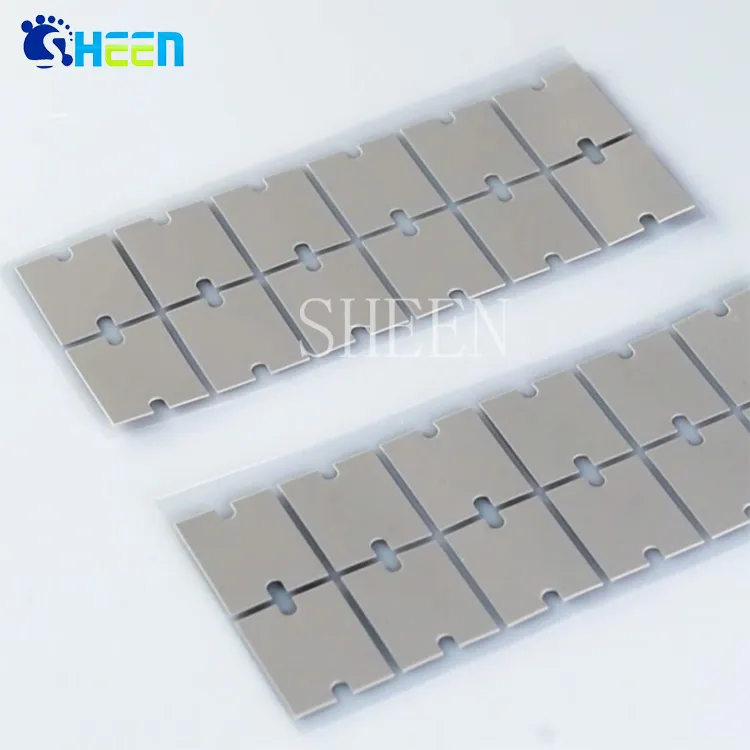Thermally conductive interface material is a heat dissipation auxiliary material that can reduce the contact thermal resistance between the heat source of the device and the heat sink, increase the heat transfer rate between the two, and improve the heat dissipation effect of the device. Usually, the thermally conductive interface material is filled between the heat sink and the heat sink. Between the sources, remove the air in the gaps and fill the gaps and holes to play the role of insulation, shock absorption and sealing.

Silicon-free thermal pad is one of the thermal interface materials. Its name already implies the characteristics of silicon-free thermal conductive sheet. Silicon-free thermal pad is different from other thermal conductive interface materials. It is refined with special grease without silicone oil as the base material. Interface padding.
The function of the Silicon-free thermal pad is similar to that of the heat conduction silica gel sheet. The difference is that there will be no silicone oil precipitation during the use of the silicon-free heat conduction sheet, so as to avoid the adsorption on the PCB board due to the volatilization of small molecules of siloxane, which will indirectly affect the performance of the body, especially for Special fields such as hard disks, optical communications, high-end industrial control and medical electronics, automotive engine control equipment, telecommunication hardware and equipment that require extremely high equipment environments are absolutely not allowed to have factors that affect the performance of the body, so there is no silicon thermal pad. The characteristics make it have many applications in these fields.

 English
English
 usheenthermal
usheenthermal



